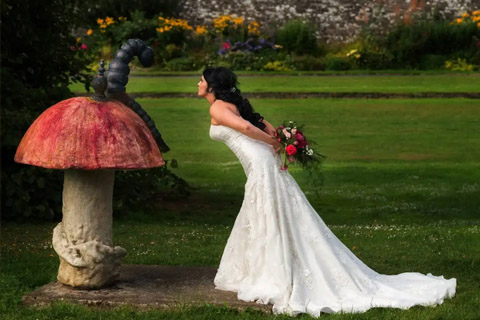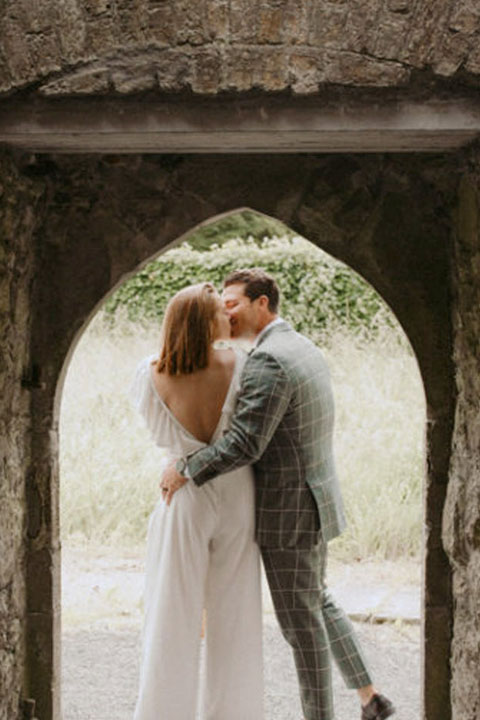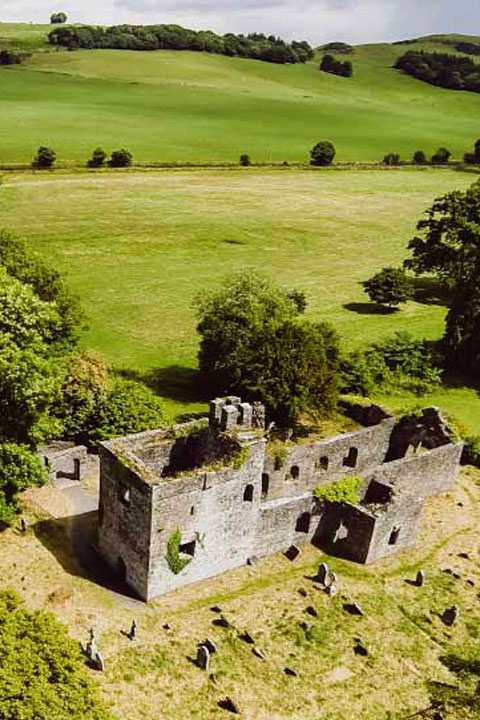History
Our Story
Overall Loughcrew Estate is a hidden treasure for visitors young and old. All our visitors are minded with great thought and consideration.
Overall Loughcrew Estate is a hidden treasure for visitors young and old. All our visitors are minded with great thought and consideration.
Loughcrew Estate has lived through fires, dramas, a saint and extraordinary history. In the last few years the original buildings have been restored and the 17th century gardens brought back to life. Loughcrew Estate hosts various festivals and events throughout the year and are always happy to host these events for others.




Saint Oliver Plunkett’s church which dates back to the 17th century still stands within the grounds of Loughcrew estate. His family lived on the estate, in a tower house attached to the church, before the estate was taken by Oliver Cromwell in 1641 – it is said that he destroyed the church roof.
Loughcrew’s house and gardens, along with several other historical features dotted throughout the 200 acres of grounds as well as the Neolithic cairns found within the surrounding countryside – some of Ireland’s oldest archaeological treasures – form part of an Irish landscape steeped in religious significance.
Dictum egestas eleifend pulvinar imperdiet sit venenatis porttitor egestas ut auctor purus suspendisse in arcu condimentum risus at phasellus nulla aenean tristique dui quis blandit tellus sed pellentesque eu arcu, vestibulum donec.
Nisl adipiscing blandit pulvinar faucibus faucibus feugiat tincidunt gravida elit elementum, proin nisl nunc, urna, ac dictum tellus quis faucibus curabitur morbi dui in.

Euismod cras habitant dictum turpis interdum non scelerisque in tincidunt diam fringilla sapien, cursus velit rutrum est nulla lectus molestie magna enim in sed pharetra est pretium nisl lacus lobortis nam scelerisque augue cursus eget pellentesque in semper netus convallis arcu lorem amet curabitur phasellus suspendisse.
Amet diam scelerisque adipiscing elementum mauris velit vitae sem urna diam sollicitudin lacus posuere arcu sem sit ultrices enim et sed dolor risus.
Owner of Raj Vilas Palace
Velit vitae sem urna diam sollicitudin lacus posuere arcu sem sit ultrices enim et sed dolor risus.

